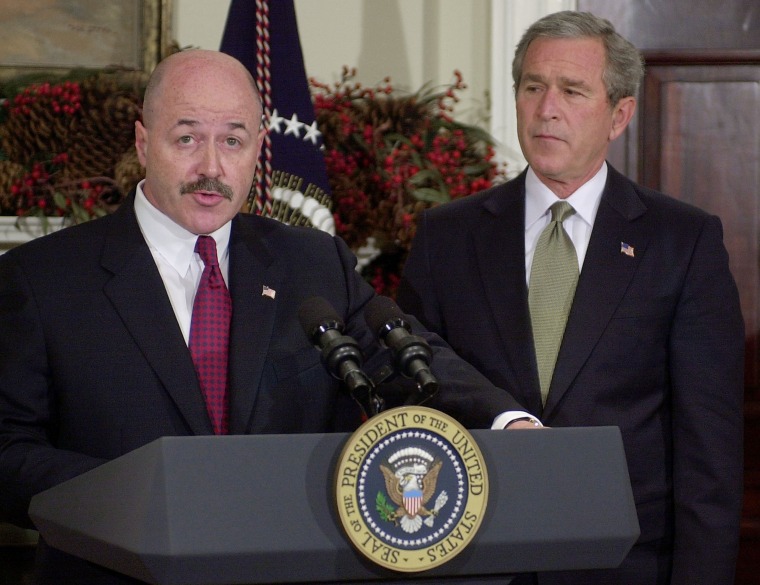"Welcome In": Exploring The Psychology Behind The Ubiquitous Greeting

Table of Contents
The Evolutionary Roots of "Welcome In": Safety and Belonging
The seemingly simple act of greeting someone has deep evolutionary roots. Our primal instincts drive us to assess safety when encountering strangers; greetings serve as crucial signals to mitigate potential danger. The psychology of greetings is fundamentally tied to our survival.
Establishing Safety and Reducing Threat
- Nonverbal communication plays a vital role. A relaxed posture, a friendly smile, and open body language all convey peaceful intentions. Compare this to a tense posture and averted gaze – clear signs of potential threat.
- Greetings across different cultures often incorporate specific gestures and vocalizations designed to signal harmlessness. Think of the open palms often associated with peaceful intentions or the ritualistic greetings found in some indigenous cultures.
- Evolutionary psychology suggests that our brains are wired to quickly interpret these nonverbal cues, instantly assessing whether an interaction poses a threat or offers safety. This rapid assessment is a crucial survival mechanism, shaping our approach to social encounters.
Fostering a Sense of Belonging
Beyond safety, greetings build social connections. They’re fundamental to establishing group cohesion and fostering a sense of belonging.
- Initiating a greeting is an act of acknowledging another person's presence and acknowledging their importance within a social group.
- The reciprocal nature of greetings strengthens social bonds. Sharing greetings fosters cooperation and mutual respect, essential for social harmony.
- Conversely, the exclusion from greetings can lead to feelings of isolation and rejection, negatively impacting mental well-being. This highlights the importance of inclusive greeting practices.
"Welcome In" in Different Cultural Contexts: A Global Perspective
The expression "Welcome In" itself might be specific to certain cultures, but the underlying psychological need for welcoming gestures transcends geographical boundaries.
Cultural Variations in Greetings
Greetings vary immensely across cultures, reflecting unique social norms and traditions.
- In Japan, a bow signals respect and deference, its depth depending on the social hierarchy. In contrast, a handshake is common in Western cultures, often accompanied by direct eye contact.
- Certain cultures emphasize verbal greetings, with elaborate phrases conveying warmth and respect. Others place more importance on nonverbal cues, like a slight nod or a shared smile.
- Understanding these cultural nuances is vital for effective cross-cultural communication and avoiding unintentional offense.
The Underlying Psychology: Universality and Variation
Despite the vast array of expressions, the core psychological function of greetings remains consistent.
- Whether it's a handshake, a bow, or a simple "hello," these actions all serve to establish rapport and initiate social interaction.
- The emotional responses elicited by welcoming gestures – feelings of warmth, acceptance, and connection – are remarkably similar across cultures. This underlying universality points to a fundamental human need for social connection.
The Power of "Welcome In": Impact on Well-being and Relationships
The impact of welcoming gestures extends far beyond the initial interaction. They profoundly influence our mental and emotional well-being, shaping the quality of our relationships.
The Positive Effects on Mental Health
Positive greetings contribute significantly to our mental health.
- Social interaction, often initiated by welcoming gestures, reduces feelings of loneliness and isolation, bolstering mental resilience.
- Numerous studies demonstrate a strong correlation between positive social interactions and improved mood, reduced stress, and enhanced overall well-being. A simple “Welcome In” can have a surprisingly significant impact on someone’s day.
Building Stronger Relationships
Welcoming gestures are essential for building and maintaining strong relationships.
- Initiating positive interactions through welcoming gestures sets the stage for deeper connections, fostering trust and mutual understanding.
- First impressions, significantly influenced by initial greetings, can shape the trajectory of future interactions, highlighting the lasting impact of a warm welcome.
Conclusion
From its evolutionary roots in safety and belonging to its impact on our mental health and relationships, the psychology behind "Welcome In" and similar greetings reveals a fundamental human need for connection. Understanding the significance of welcoming gestures allows us to enhance our social interactions and build stronger relationships. Make a conscious effort to improve your welcoming practices; a simple "Welcome In," a warm smile, or a genuine acknowledgment can make a world of difference in strengthening connections and fostering a more positive social environment. Embrace the power of welcoming gestures and experience the rewarding benefits of positive social interactions.

Featured Posts
-
 Is April The Rainiest Month A Look At Rainfall Totals
May 31, 2025
Is April The Rainiest Month A Look At Rainfall Totals
May 31, 2025 -
 Concerning Uptick New Covid 19 Variant Driving Case Increases Nationally
May 31, 2025
Concerning Uptick New Covid 19 Variant Driving Case Increases Nationally
May 31, 2025 -
 Former Nyc Police Commissioner Bernard Kerik Passes Away At 69
May 31, 2025
Former Nyc Police Commissioner Bernard Kerik Passes Away At 69
May 31, 2025 -
 Deficit Foire Au Jambon 2025 La Ville De Bayonne Face A Une Crise Financiere
May 31, 2025
Deficit Foire Au Jambon 2025 La Ville De Bayonne Face A Une Crise Financiere
May 31, 2025 -
 Nyt Mini Crossword May 7 Solutions Full Guide To Todays Puzzle
May 31, 2025
Nyt Mini Crossword May 7 Solutions Full Guide To Todays Puzzle
May 31, 2025
